Gardening tips and articles on the amount of the needed sun can many times be very confusing and misleading for a new gardener. We follow the tips that we find in books and online, read the labels on seed bags, and still, we don’t have any luck with our plants. Of course, we automatically think we did something wrong and blame ourselves, but is it really our fault? Sometimes the information we get is just wrong for our garden.
Many of the vegetables are described as full sun, or sun-loving plants, but the reality is actually very different. The reason for misleading information mostly lays in the fact that the most tips and tricks are given for a moderate climate and average summers. We all know that the information about the frost temperatures of the vegetables is mostly accurate, so why is the sun information many times wrong? Well for a simple reason that the sun doesn’t shine equally everywhere. We know that some vegetables will freeze and die as soon as the temperatures reach freezing point, but the sun is a different story. The full sun in England is not the same as the full sun in the Mediterranean, the full sun in mountains isn’t the same as the full sun in a sunny valley. So how can we actually know if our plants need full sun or not? Actually, the only way to know is to know the strength of the sun in our garden.
Croatia has a very specific climate in which we jump from very cold winter to African summers. Of course, this means that the full sun in my garden during the summer is not the same as full sun in a moderate climate. Temperatures in full sun, under direct sunlight, can reach 10 to 15°C more than the shade temperatures and can be even higher close to the ground. Meaning that if the summer temperatures are over 35°C, the ground will be scorching at much higher temperatures, and not many vegetables can handle this kind of temperature. So the full sun label on our seed bag will actually be very wrong, and even though we’ll be certain we did the right thing by sowing and planting in the sun, our plants will burn and die. In a very hot garden, even the morning temperatures can reach well over 30°C, and 6-8 hours of full sun for most of the plants can be torture.
During my gardening years, I came to the conclusion that in hot summer sun there aren’t actually too many vegetables that enjoy full sun, and with the summers that are getting hotter every year the list is getting smaller by each year.
One of the certain plants that thrive in hot direct sunlight is tomatoes. The sun will make them grow strong and taste even better, and they won’t mind the everyday burning. Still, during the flowering period, if the temperatures are too high(over 30°C/86°F), they will cause the flower dropping and we’ll be left without fruits, but if the high temperatures happen during July and August the plants will grow and ripe like mad.
Another sun-loving vegetable is peppers, especially chili peppers. Peppers love the sun, but only if they get enough water during the mornings or evenings. They will grow under the full sun even in really high temperatures and won’t mind the hot evenings or nights. If they get enough water they will flower during the summer and grow fruits no matter how hot it gets.
Cabbages also love the heat and full sun, but only if there’s enough water. In the summers with full sun and regular showers, they will grow big and healthy heads, but if the summers are dry the heads will stop growing. They will actually grow better in the part shade if the summers are dry and hot.
Watermelons are heat lovers. Unlike zucchinis, which will thrive only if they get mild summer and enough water, watermelons will grow better in the heat. There aren’t many chances of having too high temperatures or too strong sun for watermelons, the warmer it is the happier they are. Watermelons are actually very popular in Croatia and they are grown both inland and in coastal Croatia. This is probably the best indicator of the warmth of our full sun.
Like how some vegetables are true full sun lovers, some actually don’t do well in full sun and direct sunlight. Although in some countries they are thriving in full sun in others they will die pretty quickly in the sun.
Peas are one of the biggest misleading vegetables. In most of the gardening books and tips, we read that peas are sun-loving vegetables that love the heat and that they should be grown in the full sun. Big mistake. Yes, peas love the sun and love to grow in the sun, but only if the temperatures don’t reach over 25°C(77°F). Above this temperature, peas start to dry from the roots up and soon they end up completely dry. It doesn’t matter if the variety is sugar peas, some bush variety, or pole peas, they all have the same problem. They all hate high temperatures. Peas love warm springs and thrive in the March and April sun, but if the May temperatures get too high they will die. They hate the warmth so much that they will dry even in the full shade. The only difference is that it will happen much slower and we’ll still have the chance to harvest some peas. If left in the full sun in a hot climate, they will dry up even before they get the chance to flower.
Another misleading vegetable is cucumbers. Cucumbers love heat, they need very high temperatures to grow and thrive on warm nights. But do they actually love the full sun? No, they don’t. In the direct sunlight, in a heat-stricken garden, they will try to survive and will grow fruits, but the plants will stop growing. They will grow flowers and fruits on an old stem until the stem dries and the plant will eventually die. As soon as the heatwave starts the stem will stop growing, and it will not grow a single new leaf. No matter how much water or nourishments we give it, the plant will refuse to grow. The cucumbers will actually grow better in part shade, or even in the full shade, provided that the temperatures are high enough and the soil is warm. The stems will not burn and they will produce lots of cucumbers.
Beans can grow in full sun, but only in May and June. July full sun will be too strong for the beans and will cause flower drops, especially if the summer is very dry, which is often the case in sun-burned gardens. The beans that are grown in moderate summers can be grown in full sun, but if the summer temperatures are over 30°C (86°F), beans will prefer partial sunlight or even full shade over the sunny place in the garden. An hour or two on a hot summer day will be just enough of the sun beans.
Just like the beans and cucumbers lettuce will also prefer shade over a hot summer sun. The heat-stricken lettuce will begin to bolt no matter the size of the lettuce. Seedlings won’t start forming heads or grow big leaves. Seedlings will immediately start forming thick stems and flowering. Even summer varieties won’t survive the strong August sun if it’s left in the full sun.
Because of this, planning the vegetable beds in a heat-stressed garden can be really tricky, but using the quick ripening vegetables can help us use the full potential of the garden. We can plant the short-lived veggies in full sun during spring and use the same bed during summer for more resistant plants, like tomatoes and peppers. Our beans, cucumbers, and lettuce will thank us for the sun protection with a longer harvest period and that’s something we all strive for: a longer and richer harvest.






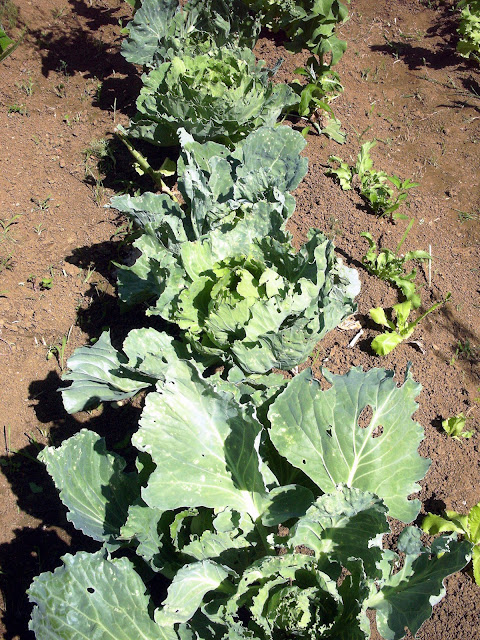



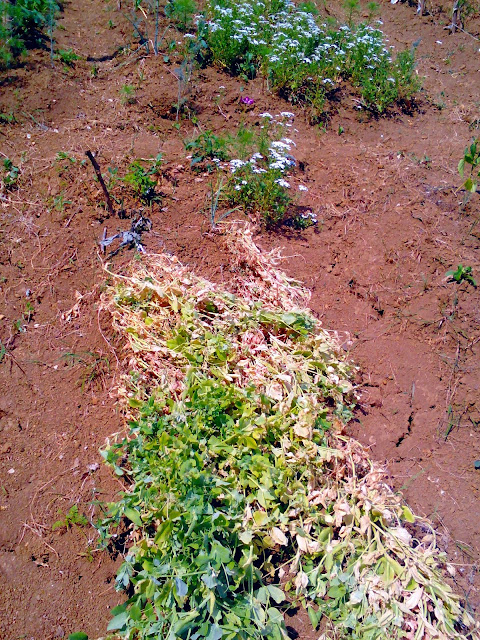





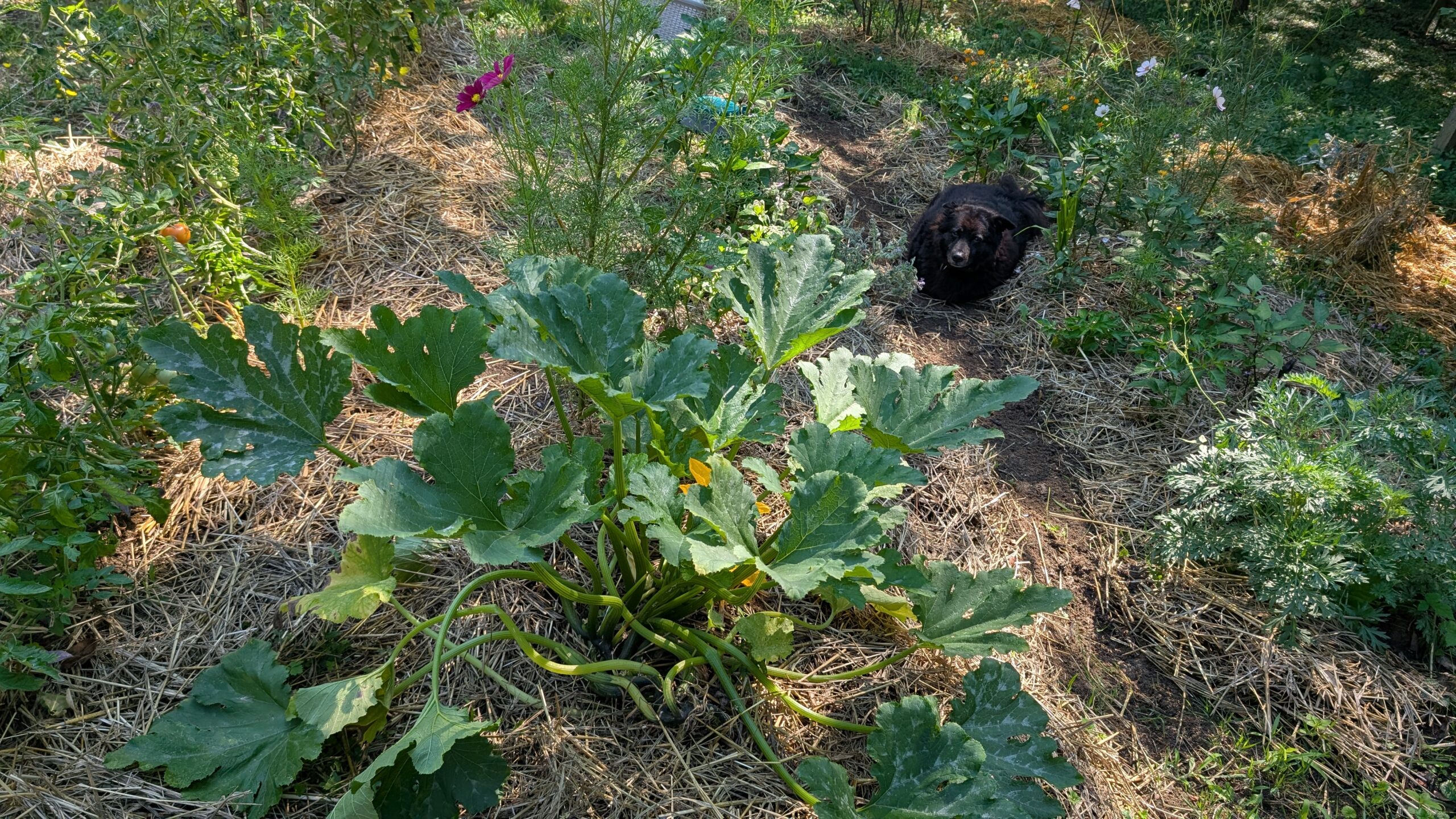
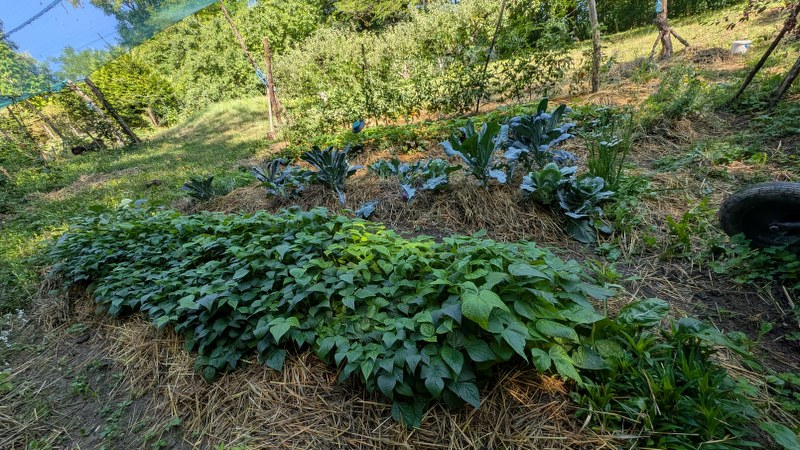
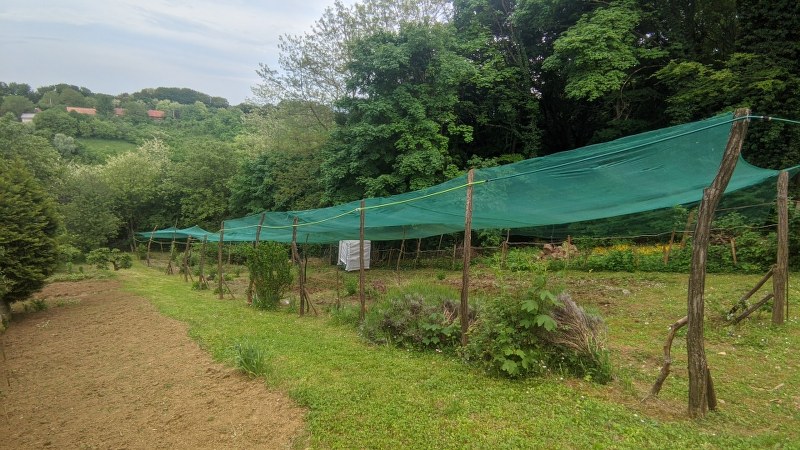
Leave a Reply